Since we did such an awesome job on our science unit, we got to see a surprise demonstration for our big finale. Using special hydrogen peroxide, yeast, and other secret ingredients, Miss Ramos made instant toothpaste that was big enough for an elephant!
This experiment took 3 days! On Day 1, we built our volcanoes out of newspaper, a plastic bottle, paper mache glue, and cardboard. Then, on Day 2, teams got to paint their volcanoes and decorated it with flowers, grass, rocks, and lava. Finally, on Day 3, we got to go outside and make our volcanoes erupt! We wanted to see if the amount of vinegar put into the volcano affects the eruption time. We concluded that the more vinegar used, the longer the eruption J
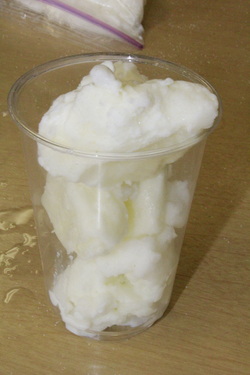
Today we learned how to make instant ice cream using milk, ice, and salt! We learned that when you add salt to ice, the freezing temperature lowers, making it faster to freeze. Each team was assigned to a different type of milk----soy, fat-free, 2%, and 3% milk. Teams had to put their bag of milk in a big bag of ice and salt to see which type of milk freezes the fastest. We learned that soy milk freezes the fastest with a time of 5 minutes!

We were pretty awesome bakers today in our experiment titled Chemistry Cake. We wanted to see WHY it's important to put certain ingredients like egg, oil, and baking powder, when baking a cake. We made four different kinds of cake batter---one missing egg, one missing oil, one missing baking powder, and one containing all of the ingredients. Miss Ramos baked the batter at her home and brought our baked chemistry cakes (it looked more like chemistry cookies) to school the next day. We were able to see the variations of chemistry cookies and understand why those ingredients are important.

Today we created rubber bouncy balls out of egg! We soaked eggs in different different solutions (vinegar, orange juice, lemon juice, and lemon lime soda) for three days! We wanted to see which acidic liquid could dissolve the egg shells the best. By looking at our results, we realized that only acetic acids, not citric acids, breakdown eggshell. We were able to smell and touch the rubbery and bouncy raw eggs!

Today we did learned that sliced apples brown because the apple cells get exposed to oxygen. We conducted an experiment by testing to see which liquid----lemon juice, lemon-lime soda, water prevents apples from browning the best. We soaked the sliced apples in the different liquids and placed them on a plate (we even left one apple slice that was not soaked in anything). We had to wait about six hours then look at our results to see which slice was the least brown. The apple slices that were soaked in lemon juice won!

Today we did some chemistry magic! We learned about acids and bases and pH levels of chemicals. We created our own indicator using red cabbage water to figure out the pH level and determine how acidic or basic a liquid is. We filled four cups with cabbage water and poured either lemon juice, salt water, vinegar, and soapy water. We then watched the liquids INSTANTLY change color. If a liquid was pink, red, or purple, then it was an acidic liquid. If it changed to blue or green, then it was a basic liquid.

Today we conducted an experiment involving pennies and different household chemicals. We asked the question, "Which household chemical cleans pennies the best---lemon juice, vinegar, oil, or soapy water?" We learned that the chemical that is the most acidic cleans pennies the best. Before we performed our experiment, we had to fill out our science notebooks and state the problem we were trying to solve, our hypothesis, and the procedures and materials for our experiment. After our experiment, we had to write our results and make a conclusion about which liquid cleaned our pennies the best. There was a tie between vinegar and lemon juice because they are both highly acidic.
Today, I broke the students up into ten teams of three. Students will be sitting by and working in these teams throughout the entire science inquiry unit. Teams got the opportunity to come up with a team name, and there were some pretty creative and funny ones such as The Buttercanoes (they said that these are volcanoes that shoot out butter), The Cinnamon Buns, and the Science Ducks.
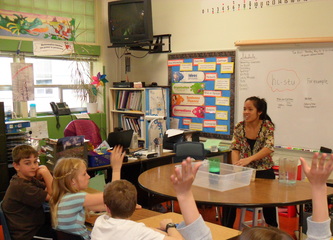



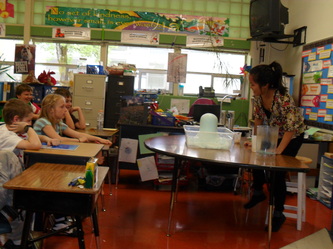
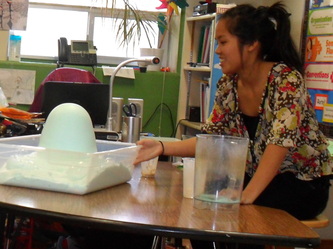
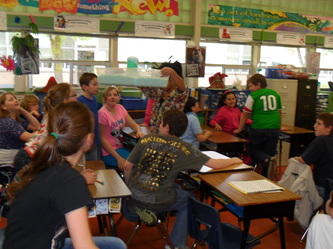

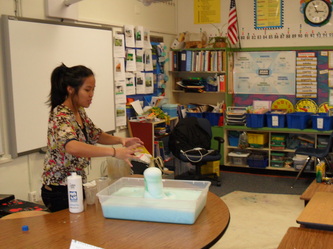
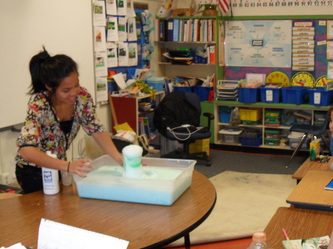



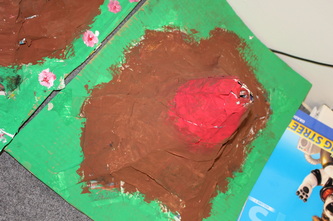



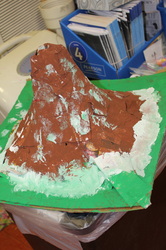
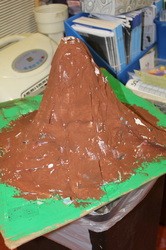
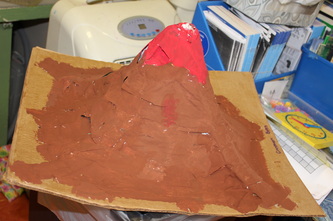
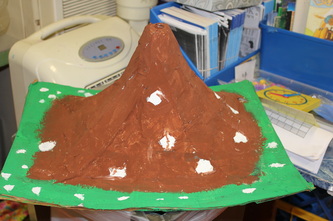





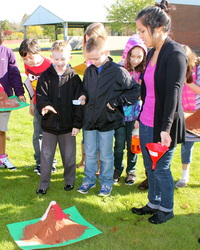
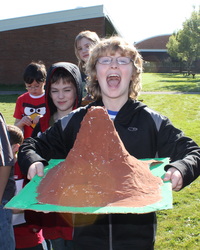
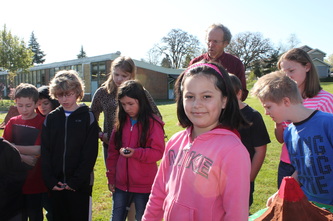
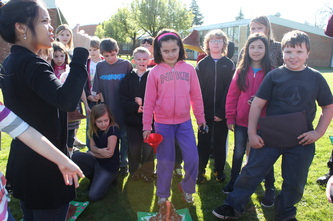
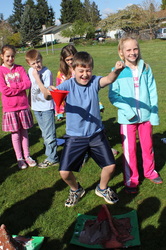
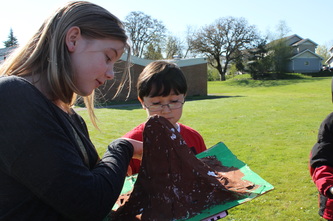

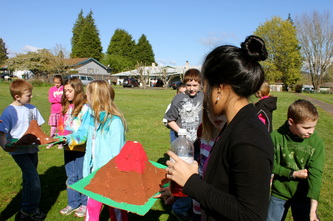



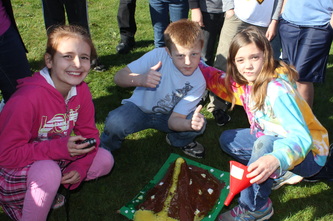

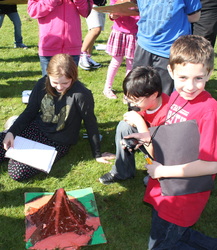






 RSS Feed
RSS Feed